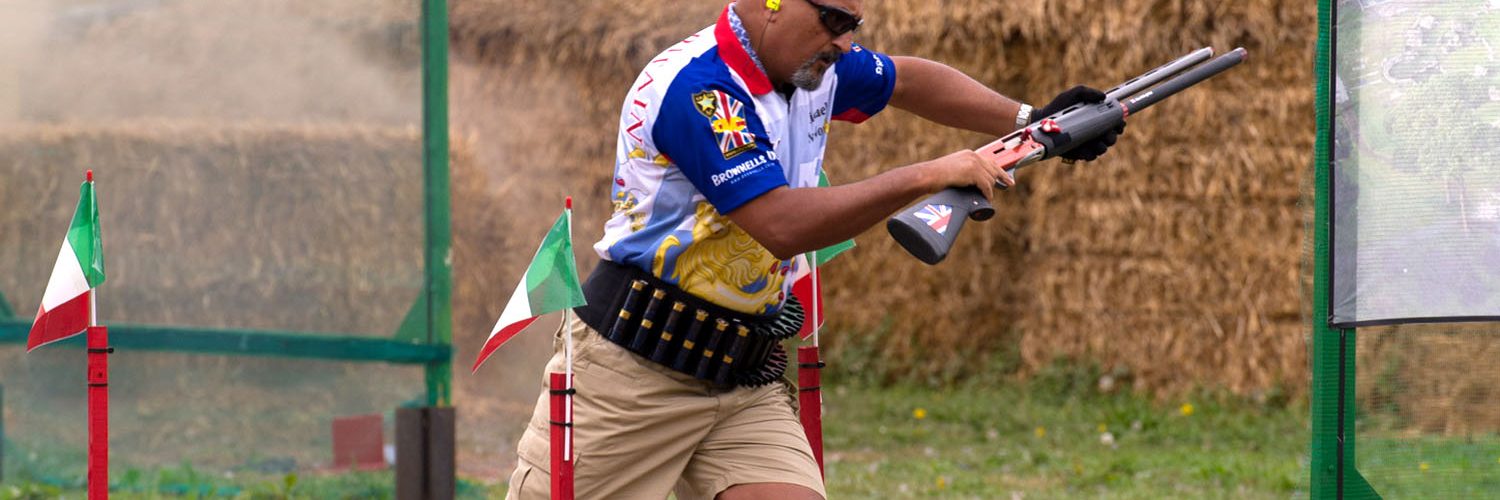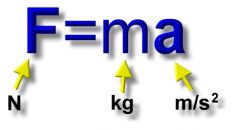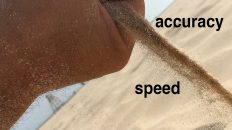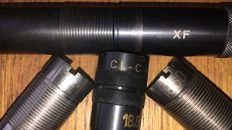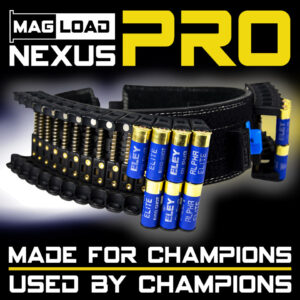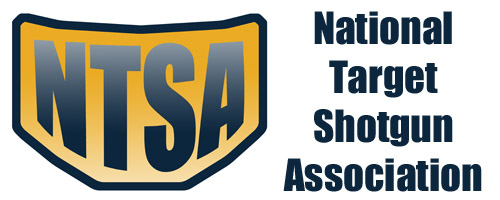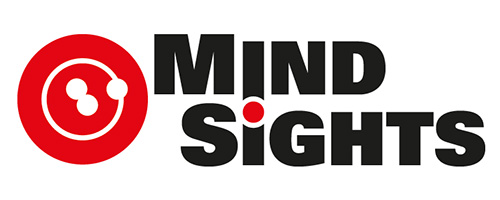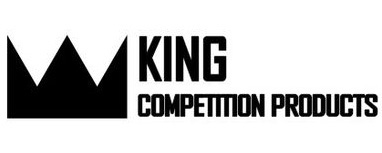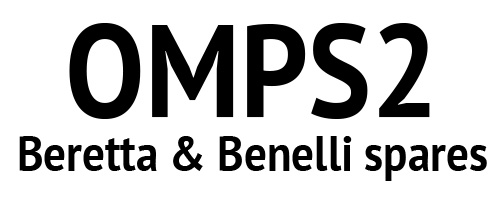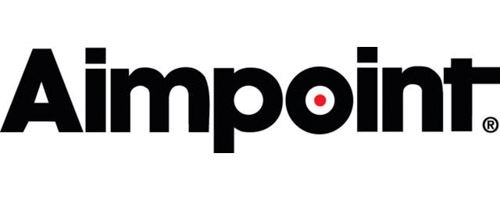Nutrition
In the world of endurance-sport it is not unusual for top level competitors to have personal nutritionists. A nutritionist will advise on the best balance of nutrients, the size and timing of meals before, during and after a competition or a season. The nutritionist will determine the right balance of complex and refined carbs and how they are “dosed” and “delivered”, and make sure the dose (meal) size is large enough to be effective, but small enough that it doesn’t divert too much blood to the digestive tract. It sounds complicated because it is. Marginal gains in physical and mental performance contingent on good nutritional tactics can have huge outcome advantages. I have a friend who is an endurance athlete – he does gigs like the transcontinental bike race (8000miles against the clock unsupported). After taking on a personal nutritionist his placing went from lower 30s to top 10. The performance gains were entirely driven by clever nutrition delivery regimes before and during a race.
It unlikely that PSGers would benefit from this level of support, because PSG is not about endurance. Maybe that’s why many shooters stop for lunch and guzzle a porkpie, a bag of crisps, a Monster drink and a Mars bar. Whilst a meal like this has a balance (of sorts) of nutrients, it is going to mess with your blood circulation and your metabolism over the course of a match. I am going to argue that we need to manage a better balance between delivering nutrients to the body and brain to maintain physical ability and to avoiding feeling sleepy.
After a large meal your body diverts blood away from your extremities to your stomach. The bigger the meal the more blood gets diverted and for longer. This is why we feel sleepy after a big meal: the blood is literraly being diverted away from your brain to your stomach. I would argue that this effect is something that needs avoiding in PSG because of the effect on your ability to focus mentally and on muscle performance.
The challenge for the competitive PSGer is to optimize the trade off between meal size and nutrient intake to maximize mental acuity and physical performance. Unfortunately it is not as simple as just having a bite of a Mars bar every 20 minutes. Taking a refined sugar hit will result in some see- sawing of blood sugar and will badly affect mental acuity. Moreover we are all built differently and require different regimes to keep our mental and physical systems functioning properly during a match.
I am not a qualified nutritionist, and I’m pretty sure a qualified nutritionist wouldn’t know where to start with a sport like PSG. So what is the best advice? Little and often is the way most endurance athletes work because their muscles are going full pelt. If it works when the machine is in overdrive, it will also work when the physical demands are less (and the mental demands are greater). So a good starting point should be the “little and often” maxim. Many shooters experiment with different match nutrition regimes and settle on one that works. My aim in this article is present a few options: the idea is that you have a foundation from which to experiment and work out what works best for you. Think about and plan what you eat during your shoot – its also helps you breakdown the match and build a framework on which to focus.
Building Blocks
Gelatin-based sweets. Gummy bears and wine gums are a common staple of runners. They contain protein (gelatin), sugar and, in the case of “sour” gums salts as well. They come in small hits and one or two every 20-30 minutes will keep you tip top. (ED – soft sweets are great for Senior competitors with few or no teeth)
Cereal Bars. Ones that contain a mixture of complex carbs (oats), oils and fats (nuts) and protein (nuts). Avoid ones with lots of refined sugar. If they taste sweet it should be because they contain dried fruit.
Fresh stuffed pasta. In the chilled section of the supermarket: contains starch, fats and protein (cheese and meat stuffing) and comes in a small bite- size form. These are usually par-boiled so can be eaten straight out of the packet. Not the tastiest way of eating pasta, but some people swear by it.
Fruit. Bananas are very good – take a bite and wrap it back up. Double Alpha range carts even come with tactical banana elastic straps on the inside of the lid. Grapes are good too.
Dried fruit and nuts. Trail mix is a classic “slow-release, small portion” snack. Cant go wrong. Comes with windy side effects so you can keep your squad entertained.
Malt loaf. Low fat and a good mix of complex and simple carbs.
If you are a pork-pie kind of person, bring them in small portions and snack on small bites regularly, rather than having a massive binge at 12.00hrs.
There are lots of other options on the table here. Some PSGs use energy gels – these can work fine if you have a high metabolism and are inherently active (i.e. a more ‘skinny’ morphotype). But bear in mind these are designed to deliver metabolically accessible carbs during a period of intensive activity. They can have an adverse effect on your mental focus if your body is not in a peak-activity zone.
If you want to dig down into nutrition more there are lots of good online resources. Here is a good starting point on nutrition.org.uk
But remember that PSG has a very specific, and different, set of metabolic challenges compared to the sports that are the usual focus of nutrition management. Experiment and find what works best for you.
I want to finish this section by saying there will be readers who think this is all a load of hokum and maintain that its perfectly possible to shoot well, have a lard-pie & chip lunch washed down by full-fat coca cola and still shoot well. My response is this: it all depends on what you mean by “well”.
If you want to do everything in your power to ensure you get the best score possible in a competition, then you should look at the marginal gain options. I would argue that IF a little bit of nutrition planning can improve your match score by a few percent, then its worth it.
Hydration
Staying properly hydrated is something many shooters do not worry about but its even more important in many ways. First rule is “don’t wait until you feel thirsty before you have a drink”. At this point your body is already below its physiological optimum. Take sips regularly and stave off the thirst. Likewise, drinking too much and carting around a full bladder and stomach isn’t a good idea either. Learn where your input-output balance is. As with nutrition, the aim in our sport is not maximizing muscle-performance, but mental acuity and focus. Staying hydrated will help your mental focus. Moreover, in the case of water balance there is another critical aspect of your shooting ability that is affected – your vision.
The precision shooter’s nadir is ‘floaters’: small specks of debris in the vitreous humor of the eye that slowly drift across the visual field. The degree to which floaters affect your vision is critically affected by your hydration. The more dehydrated you are, the worse the floaters (please stop giggling in the cheap seats). I am NOT arguing that PSG shooters are affected by floaters – we are not – my point is much simpler than that. The floater story illustrates the affects of small fluctuations in hydration on your eyes. Good vision is a secret weapon in shooting. We spend £10s, sometimes £100s on eye protection and fancy glasses – yet the same shooters will not bother about their hydration. Over a day-long match this can be the equivalent of someone swapping out your prescriptions by half a diopter. So if you think keeping hydrated is pointless for physical performance reasons, at least be aware of the affect it has on your vision.
Talking about hydration in a country where the biggest threat in a match is being drowned by rain may seem bizarre. But here is the problem. Shooters who don’t manage their hydration in the UK, or other cold / temperate latitudes, are also pretty bad at managing it when they go to matches in hotter climates. Be aware of, and plan for, the climate at the venue you are shooting – if you are traveling to a hot country make sure you have enough water for the day. I drink about 1-2 liters liquid during an average UK autumn (ie cold) match. By contrast, I drank 5.5 liters at CESO 2017 when it hit 40oC on the first day – and I would have happily drank another 3 ltrs. I wasn’t the only shooter to suffer from dehydration at that match. And rest assured – it will have affected my – and their – performance negatively. If I had managed my hydration better I might have gained a few more percentage points. Don’t forget that hydration means points. Why are we so reluctant to spend a few pounds on making sure we have enough liquid at a match? When its hot, especially at overseas matches in hot dry climates, make sure you have too much liquid in your cart and stay hydrated.
So – what should you drink?
Water. Hard to beat, easily available, doesn’t go off, available in shops and your hotel. Get some.
Isotonic bottled drinks. There are plenty of these on the market, but many have added sugar. Some people prefer this slight “hit” and can manage hydration and blood sugar via this route. I don’t like it (but that’s just me).
Isotonic tablets / powders. Easier to transport and very long shelf life makes these a really good idea if you prefer isotonic liquids to water. High 5 zero (avoid the caffeinated ones) is a sugar-free balanced salt tablet to be dissolved in a liter of water – they are non-hygroscopic (so they don’t absorb water from the atmosphere once the pack is opened). I find it useful to
keep a tube of these at hand in case I need to get some tap water for the match – they are great at taking the bad taste from tap water (although some hate the taste of the high 5). They are also good because they replace lost salts in your sweat. As you know, salt loss through sweat in hot climates can cause cramps – and this is a real problem at longer hot matches like CESO and the World Shoot. You don’t want to cramp up at the end of the competition.
Many isotonic drinks can also be bought in loose powder form and its worth checking to see if your favorite is available like this. One problem with these powders is that they are hygroscopic – so once you have opened a sachet you either need to keep the left-overs in an air-tight container or use it all at once (otherwise it goes soggy). In my view the best isotonic drink powder is the one that started the movement in Japan in the early 1980s – its called “Pocari Sweat”. You can buy it as a powder online – but its not cheap. It is surprisingly refreshing and reinvigorating with a slightly lemony salty taste.
There are other sports isotonic powders and personal preference will play a large part in your choice.
Keep hydrated. It is as important, if not more important, than nutrition for your mental game and it keeps you optimized in terms of visual acuity.
Finally, a thought about pre-match (and evenings between long matches) preparation. We all enjoy socializing and having a drink and catching up with old friends, but keep the heavy duty stuff until after the match. Alcohol will dehydrate you beyond any match exercise routine, and processing a large curry all the next day will not do your performance any favors. A good night’s sleep, and a decent breakfast are the best set up for a big match.
Take Home Messages.
1). Managing nutrition before and during a competition can produce important marginal gains in mental performance.
2). Managing hydration before and during a competition can produce important marginal gains in mental, physical and optical performance.
ED – This is Mike’s second guest article, please leave feedback to encourage him to keep on penning these pearls of wisdom.
If you enjoyed this you should also read Mike’s article on footwear.

